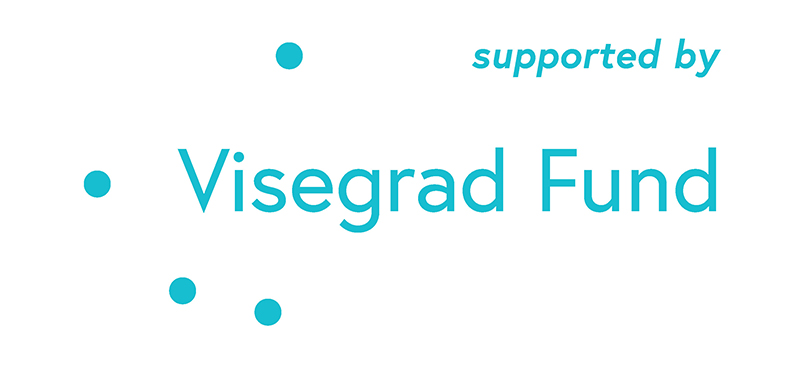The world of finance is constantly evolving, and one of the major innovations in recent years has been the emergence of FinTech. FinTech, short for financial technology, refers to the combination of financial services and innovative technologies. It has revolutionized the way financial service providers and organizations operate, offering new and improved services and products to customers.
The term FinTech itself is a combination of "finance" and "technology", highlighting the convergence of information technology and financial services. This convergence has led to significant changes in the industry, with new players entering the market and offering cloud-based and application-oriented software products.
One of the main reasons why FinTech has gained so much popularity is because it offers services and products that are more user-friendly, efficient, transparent, and automated than traditional financial services. Customers are drawn to FinTech because it provides a better overall experience.
But FinTech is not just about improving user experience. It also has the potential to create new business models and streamline financial and transactional processes. The financial industry is constantly facing challenges such as changing market conditions, strict regulations, and evolving customer needs. To stay competitive, financial institutions need to keep up with these changes and adapt their project management methodologies and technologies.
Traditionally, financial institutions have used predictive project management methodologies to manage and deliver software development projects. These methodologies are often preferred because they comply with regulatory requirements and allow for documentation, processes, and demonstrations. However, as the pace of change accelerates, financial institutions are starting to explore more adaptive project management methodologies.
Adaptive project management methodologies, such as hybrid project management (HPM), offer a more flexible approach to project management. HPM combines the best elements of predictive and adaptive methodologies, allowing for more efficient software planning, coding, and delivery. It is particularly well-suited for software development projects in the FinTech industry, where requirements can change rapidly.
The decision to adopt HPM is a strategic organizational-level initiative, and it is important for decision-makers to consider all internal and external factors before making the switch. Organizational theory provides a suitable framework for understanding and predicting an organization's acceptance of HPM. The Technology-Organization-Environment (TOE) framework, which considers technological, organizational, and environmental factors, can be used to examine the adoption of HPM in the FinTech industry.
In addition to the TOE framework, the Theory of Planned Behavior (TPB) can also be used to understand the factors that influence decision-makers' intentions to adopt HPM. TPB looks at attitude, subjective norm, and perceived behavior control as determinants of behavioral intention.
In a study conducted in the Malaysian FinTech industry, researchers explored the factors that affect decision-makers' intentions to adopt HPM. The study focused on technological, organizational, and environmental factors and used the TOE and TPB frameworks to analyze the data.
The findings of the study showed that factors such as relative advantage, top management support, and industry pressure had a positive influence on decision-makers' intentions to adopt HPM. These factors were found to be significant in predicting the adoption of HPM.
The study also found that attitude mediated the relationship between relative advantage and intention to adopt HPM, as well as the relationship between top management support and intention to adopt HPM. This means that decision-makers' attitudes towards HPM played a crucial role in their intentions to adopt it.
On the other hand, the study found that top management support did not directly influence decision-makers' attitudes towards HPM. This suggests that while top management support is important for HPM adoption, it is not the sole determining factor.
Overall, the study provides valuable insights into the factors that influence decision-makers' intentions to adopt HPM in the FinTech industry. It highlights the importance of considering factors such as relative advantage, top management support, and industry pressure when making the decision to adopt HPM.
The results of the study have important implications for both theory and practice. From a theoretical perspective, the study expands on the existing literature by examining the adoption of HPM in the Malaysian FinTech industry. It also extends the TOE and TPB frameworks by introducing new factors and exploring the mediating role of attitude.
From a practical perspective, the study provides guidance for decision-makers in the FinTech industry who are considering the adoption of HPM. It highlights the importance of factors such as relative advantage, top management support, and industry pressure in the decision-making process. By understanding these factors, decision-makers can make more informed choices and increase the likelihood of successful HPM adoption.
In conclusion, the adoption of HPM in the FinTech industry is a complex decision that requires careful consideration of various factors. The study conducted in the Malaysian FinTech industry sheds light on the factors that influence decision-makers' intentions to adopt HPM and provides valuable insights for both theory and practice. By understanding these factors, organizations can make informed decisions and improve their project management practices.
Reference
Xiang T.C.; Talib Z.M.; Md Johar M.G. (2023). An analysis of sustainable change management for quality 4.0: Evidence from hybrid project management adoption in the Malaysian FinTech context. Journal of Project Management (Canada), 8(4), 253-272, DOI: 10.5267/j.jpm.2023.6.001.
